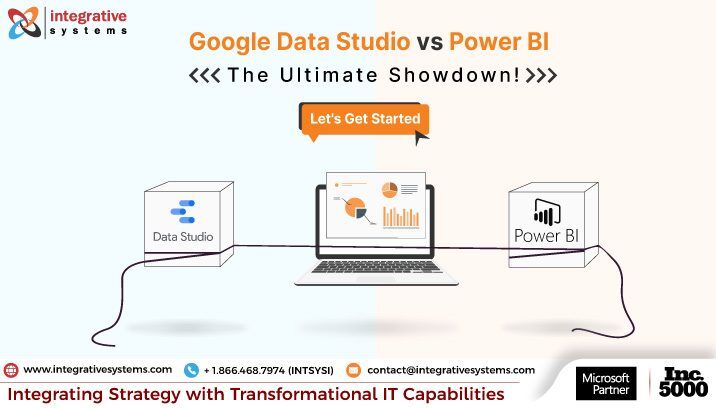Attendance tracking plays a crucial role in managing workplaces, schools, and organizations. It helps ensure discipline, accountability, and efficiency. Over the years, attendance systems have evolved, transitioning from manual paper-based tracking to digital and biometric solutions.
The introduction of biometric attendance systems has transformed the way organizations manage their workforce, offering higher accuracy and security. However, traditional attendance methods such as manual registers, punch cards, and RFID cards are still in use in many workplaces. This raises the question: Which method is better?
To determine the best solution, we will explore the differences, advantages, and challenges of biometric and traditional attendance systems, helping you decide which system suits your needs.
What Is a Biometric Attendance System?
A biometric attendance system uses unique biological characteristics such as fingerprints, facial recognition, iris scans, or voice recognition to authenticate and record attendance. Since biometric data is unique to each individual, this system eliminates fraudulent practices like buddy punching (one employee clocking in for another) and ensures high accuracy.
Types of Biometric Attendance Systems
-
Fingerprint Scanners – Most commonly used, these scanners match the fingerprint patterns of employees or students.
-
Facial Recognition Systems – These use AI-powered cameras to map facial features and verify identities.
-
Iris Scanners – These scan unique patterns in the eye, offering high-security access control.
-
Voice Recognition – Less common, this method uses voice modulation for identity verification.
What Are Traditional Attendance Methods?
Before biometrics, workplaces and institutions relied on traditional attendance methods, which include:
-
Manual Registers – Employees or students sign an attendance sheet.
-
Punch Cards – Time-stamped punch cards track attendance.
-
RFID Card Systems – Employees swipe RFID-based ID cards at entry points.
These systems, while still in use, have limitations in accuracy and efficiency.
Biometric Attendance vs. Traditional Methods: A Comparison
| Feature |
Biometric Attendance System |
Traditional Attendance Methods |
| Accuracy |
Extremely accurate; prevents fraud |
Prone to errors and manipulation |
| Security |
High security with encrypted data |
Low security; can be easily manipulated |
| Speed & Efficiency |
Automated and quick verification |
Slow, requires manual supervision |
| Cost |
High initial investment but cost-effective over time |
Lower setup cost but higher administrative burden |
| Convenience |
Requires minimal human intervention |
Requires manual effort |
Advantages of Biometric Attendance Systems
✅ Eliminates Fraud – Prevents buddy punching and time theft.
✅ High Accuracy – Unique biometric data ensures only authorized individuals can clock in.
✅ Automation & Efficiency – Reduces HR workload by automating attendance tracking.
✅ Real-Time Tracking – Provides instant reports for management.
✅ Seamless Integration – Can integrate with HR & payroll systems for automated salary processing.
Organizations looking for secure and automated workforce management solutions can explore platforms like Timelabs, which offer biometric attendance and HR software integration.
Disadvantages of Biometric Attendance Systems
- High Initial Cost – Installation requires investment in hardware and software.
- Privacy Concerns – Employees may worry about biometric data security.
- Technical Issues – Fingerprint scanners may not work in harsh environments where workers have dirt or moisture on their hands.
Advantages of Traditional Attendance Methods
✅ Lower Initial Cost – Manual and RFID systems require minimal investment.
✅ Easy to Implement – No training or software integration needed.
✅ Independent of Technology – No risk of system failures or hacking.
However, while traditional methods seem convenient, their inefficiencies add up over time.
Disadvantages of Traditional Attendance Methods
- Prone to Fraud – Employees can manipulate manual registers or swipe RFID cards for absent colleagues.
- Time-Consuming – Manual tracking increases HR workload.
- Lack of Real-Time Data – No instant reporting or analytics.
Cost Analysis: Biometric vs. Traditional
While biometric systems require a higher initial investment, they save time, reduce administrative workload, and prevent fraudulent practices, making them cost-effective in the long run.
Traditional methods may seem cheaper at first, but inefficiencies, errors, and manual labor costs make them more expensive over time.
Security and Data Privacy Concerns
One major concern with biometric attendance is data security. Storing sensitive biometric data requires strong encryption and compliance with privacy regulations such as GDPR and CCPA.
Organizations using biometric attendance systems should ensure their software follows best security practices. Solutions from Timelabs focus on secure and compliant biometric attendance systems, minimizing risks.
Where Each System Works Best
Biometric Systems Are Ideal For:
✔ Large enterprises with a high workforce
✔ High-security institutions (banks, government offices)
✔ Schools, universities, and corporate offices requiring automated records
Traditional Methods Work Best For:
✔ Small businesses with limited employees
✔ Temporary job sites (construction, seasonal work)
✔ Workplaces with minimal security needs
Implementation Challenges
Switching from traditional attendance to biometric systems comes with challenges:
-
Employee Resistance – Some may be hesitant due to privacy concerns.
-
Technical Issues – Systems must work across various environments.
-
Integration – Requires compatibility with payroll and HR systems.
A phased approach, such as starting with hybrid models, can help smoothly transition to biometric attendance.
Future of Attendance Tracking
The future lies in AI-driven, contactless biometric systems. Advancements such as:
-
Facial recognition with AI verification
-
Cloud-based attendance tracking
-
Mobile app-based biometric verification
Companies like Timelabs offer scalable, cloud-based attendance solutions that align with future workforce management trends.
Conclusion
The choice between biometric and traditional attendance systems depends on your needs.
-
Biometric attendance systems provide higher security, efficiency, and automation, making them ideal for large-scale organizations.
-
Traditional methods may still work for smaller businesses, but they come with limitations like fraud and inefficiencies.
If you are looking for a reliable and efficient biometric attendance system, platforms like Timelabs offer secure, cloud-integrated solutions that help businesses automate workforce management.
Ultimately, biometric systems are the future of attendance tracking, helping organizations streamline operations, reduce administrative burdens, and enhance security.





















